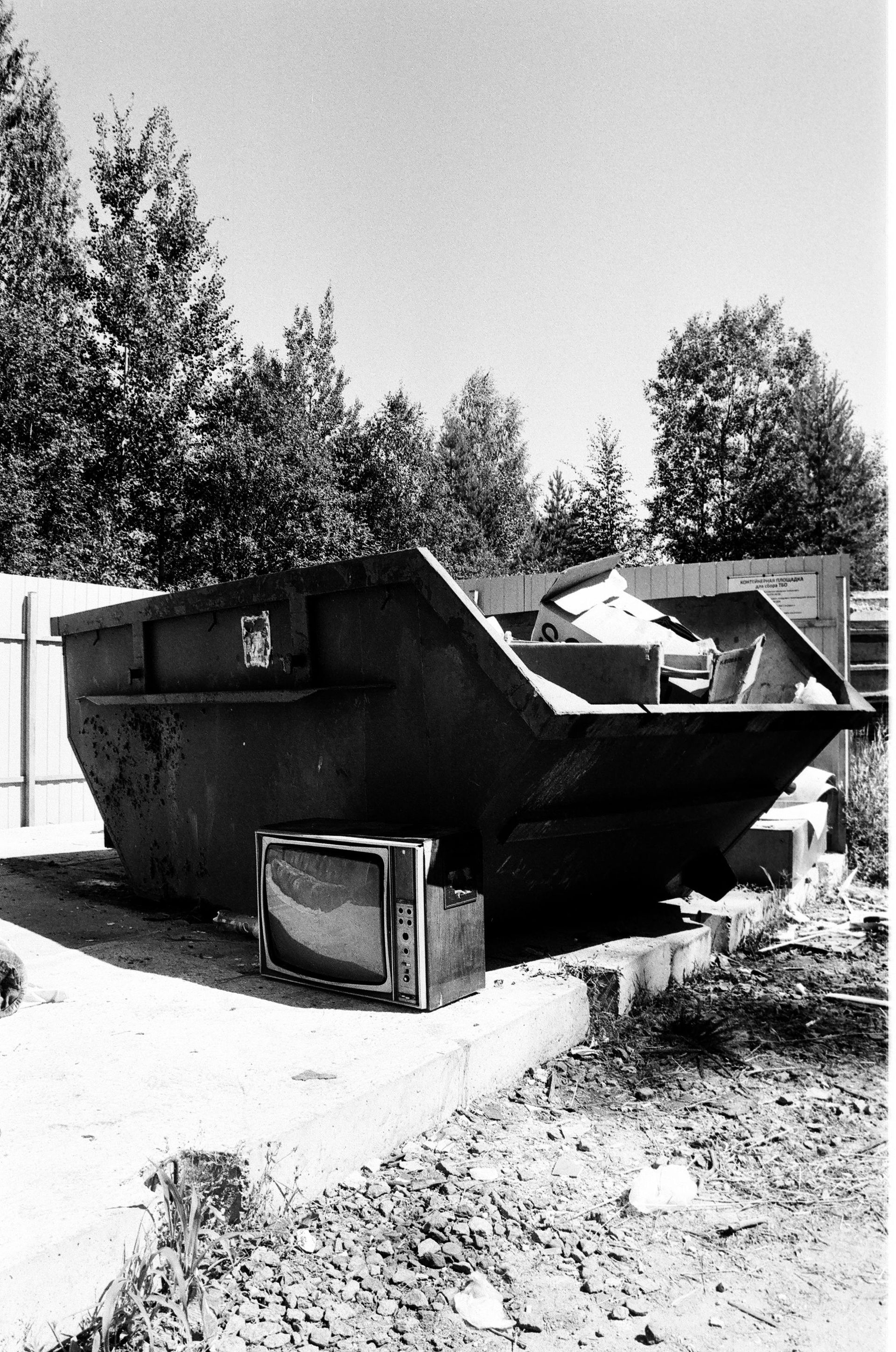Understanding the Costs of Furniture Removal
Furniture removal is one of those tasks that can easily become overwhelming if you’re not prepared. Whether you’re moving to a new home, clearing out an office, or just getting rid of old, bulky furniture, the process can feel like a monumental effort. There’s the emotional aspect of saying goodbye to your favorite couch or the challenge of handling massive pieces of furniture that have served their purpose but no longer fit your current lifestyle.
However, the biggest hurdle for most people is understanding the cost of removing furniture, especially when dealing with heavy items and larger loads.
In this article, we’ll break down the many factors that influence the cost of furniture removal. By understanding these elements, you’ll be able to make more informed decisions when it’s time to clear out your home or office. We’ll also explore ways to save money on removal costs, ensuring you get the best deal for your budget.
Factors Affecting the Cost of Furniture Removal
Size and Quantity of Furniture
The size and quantity of the furniture you’re removing are the most important factors that affect the price. Larger furniture, such as sofas, armories, or dining tables, requires more manpower to move and can be cumbersome to remove from a home, especially if it's located on a higher floor of a building. The more furniture you need to be removed, the more labor will be involved, which will drive up the cost.
When furniture removal companies assess the amount of furniture to be cleared, they usually calculate the volume it will occupy in their truck. For example, if you have a sectional sofa that takes up half a truck, the cost will be different compared to a few small chairs or tables. Additionally, heavy furniture made of dense materials such as wood or marble may increase the cost due to the additional effort needed to transport it.
Type of Furniture
Not all furniture is equally difficult to remove. The type of furniture being removed can heavily impact the cost. Sofas, beds, and heavy wooden pieces tend to cost more to remove due to their size and weight. However, materials like metal, plastic, or glass often require specialized equipment or extra caution to prevent damage.
Upholstered furniture, such as couches and chairs, might also be priced higher due to the complexities involved in handling them. For example, fabric or leather sofas can get stained or torn during removal if not properly handled, so companies often charge more for these items, especially if they need to be wrapped and protected during the process.
On the other hand, lighter furniture, like small chairs, tables, and cabinets, is typically easier and less costly to remove, as these items are easier to lift and require less time and manpower.

Disposal Fees
Once the furniture is removed from your space, it needs to be disposed of properly. Most furniture removal companies charge additional fees for this service. The cost will vary depending on the method used for disposal. If the furniture is taken to a landfill, there could be a significant fee for dumping. However, some companies prioritize eco-friendly disposal methods, such as donating usable furniture or recycling parts of the pieces. These practices can also impact the cost, depending on the logistics involved.
For example, if the removal service is donating the furniture to a local charity or nonprofit organization, the removal process may take longer, as the items will need to be transported to a different location. Companies that recycle furniture components—such as breaking down wood, metal, or fabric for reuse—might also charge extra for this process due to the specialized labor and equipment required.
Be sure to ask the company about their disposal methods upfront, as different services may have varying fees based on where they take the items.
Distance and Accessibility
The location of your furniture plays a major role in determining the cost of removal. Furniture on the ground floor is much easier to remove than pieces located on higher levels, such as second- or third-floor apartments. If there is no elevator, removalists may need to carry the furniture down several flights of stairs, increasing the time and labor required. This, of course, adds to the overall cost.
Similarly, if your home or office is in a location that is difficult to access—whether because of a long, winding driveway, limited parking, or a congested area—it can increase the cost. Furniture removal companies often charge extra for time spent navigating tight spaces, such as narrow hallways or staircases, which can slow down the process.
Furthermore, if the removal company needs to travel long distances to get to your location or if the disposal site is far away, additional travel fees may apply. For example, urban locations tend to have higher accessibility costs, including parking permits or fees for using elevators in high-rise buildings.
Time of Year
The time of year you schedule your furniture removal can have a significant impact on the cost. In general, moving and removal services are in high demand during certain times of the year, particularly during spring and summer when people tend to relocate. These peak periods can result in higher prices due to increased demand and fewer available service providers.
If you are flexible with the timing of your furniture removal, you might be able to save money by scheduling it during the off-season. The fall and winter months generally see a drop in demand for these services, which can lead to discounts or reduced prices.
Keep in mind that some companies might charge a premium for removing furniture on weekends or holidays, especially if they are already booked for the day. If you have the flexibility to schedule on weekdays or in off-peak hours, you may find that prices are more affordable.
Additional Services
Many furniture removal services offer additional services that can impact the cost. These services may include the disassembly of large furniture, such as bed frames, tables, or bookshelves. Some companies also offer packing services, where they provide packing materials or wrap furniture to prevent damage during transport.
If you need these additional services, you should expect to pay more. For example, if a company needs to disassemble furniture before removing it, they may charge a separate fee for this extra time and labor. Similarly, if they have to pack or protect certain items to prevent damage, these services could add up quickly.
It’s important to get a clear understanding of the services included in the quoted price and whether any additional fees will be charged for disassembly, packing, or other labor-intensive tasks.
Location of Removal
The geographical location of the service provider also plays a role in pricing. Companies in urban centers or metropolitan areas tend to charge more for their services due to higher operating costs. This can include rent, higher salaries for labor, and higher transportation costs, especially if your location is situated in an area with congested traffic or challenging parking.
Ways to Save on Furniture Removal
While furniture removal costs can seem intimidating, there are several ways to reduce your overall expenses without compromising the quality of service. Here are some useful tips for cutting costs:
- Declutter Before You Call: The more furniture you have, the more it will cost to remove. By decluttering before calling a removal service, you can reduce the volume of items that need to be moved. Consider selling or donating any furniture that is still in good condition. Not only will you save money on removal fees, but you might even make a little extra cash from selling unwanted items.
- Schedule during Off-Peak Times: As mentioned earlier, furniture removal costs tend to be higher during peak seasons, such as summer and spring. Scheduling during off-peak times, such as the fall or winter, can save you money. Weekdays are also often less expensive than weekends, so try to book your service for a weekday if possible.
- Get Multiple Quotes: When considering a furniture removal service, don't settle for the first quote you receive. Shop around and ask for quotes from multiple companies. This will give you a better understanding of the price range and help you make an informed decision. When comparing quotes, ensure that all additional fees are clearly outlined, so you aren’t surprised by hidden costs.
- Negotiate: Some furniture removal companies may be open to negotiation, especially if you have multiple pieces of furniture to remove or are looking to book a bulk removal. Don't be afraid to ask for a discount or inquire about any available promotions. It's always worth asking if they can offer a better price or additional services for free.
- Use Local Services: Local companies may offer more affordable rates compared to large, national chains. Smaller, local companies typically have lower overhead costs, which can result in cheaper prices for you. Additionally, local services are often more flexible and willing to negotiate based on your specific needs.
Conclusion
Furniture removal costs can vary greatly depending on a number of factors, including the size and quantity of items, type of furniture, accessibility, and disposal methods. While these costs can add up quickly, there are numerous ways to keep your expenses in check, from decluttering and negotiating better rates to scheduling during off-peak seasons. By understanding the various elements that contribute to the cost of furniture removal, you can make an informed decision and ensure that your old furniture is disposed of responsibly and efficiently.
If you're ready to tackle your furniture removal and want to get a quote or learn more about the process, consider reaching out to a trusted provider who can help streamline the process and make it easier for you.











